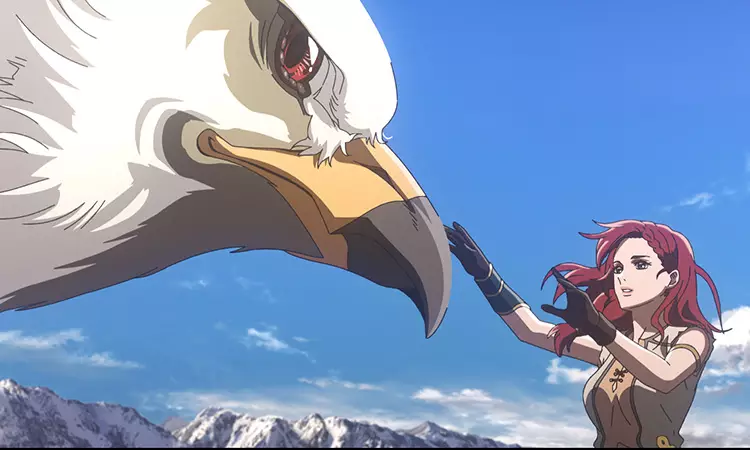The recent wave of anime adaptations derived from Western literature has piqued the interest of both fans and critics alike, largely due to the captivating artistry that these projects can present. However, “The Lord of the Rings: The War of the Rohirrim,” helmed by Kenji Kamiyama, who is renowned for his work on “Ghost in the Shell,” appears to falter significantly despite its high aspirations. While the animation holds moments of visual charm, the overall execution feels rushed, almost as if the quintessential magic of the source material has been dismissed in favor of a hurried release.
Hindered by a Predictable Plot
A considerable shortcoming of this film lies in its narrative structure. The screenplay, written by a talented team including Jeffrey Addis and Phoebe Gittins, relies heavily on archetypal tropes—most notably the trope of women rising against patriarchal figures. Such storytelling choices create a sense of predictability that drains the film of any potential intrigue. The plot traverses events set 200 years prior to Peter Jackson’s acclaimed trilogy, yet strikes an all-too-familiar chord by echoing themes and dynamics established in those earlier films. The fact that Jackson himself serves as an executive producer only amplifies the expectation for a compelling story, which unfortunately is not met.
Character Dynamics and Voice Acting
Despite its flaws, the film does boast a commendable ensemble of voice actors. Brian Cox delivers a powerful performance as King Helm, skillfully portraying a character whose burdens evolve into rage and vengeance against the backdrop of war. His daughter, Hèra, voiced by Gaia Wise, is characterized as a headstrong figure, but much of her motivation is overshadowed by the clichéd narrative voice-over provided by Miranda Otto, who reprises her role as Éowyn. This narrative choice feels forced and further weakens the authenticity of Hèra’s character arc, reducing her complexities to mere window dressing in a larger battle against gendered roles within a patriarchal society.
The character of Wulf, depicted by Luca Pasqualino, is yet another element that feels muddled. Presented as a spoiled antagonist, his motivations come across as superficial, rendering his conflict with Hèra predictable and less compelling. As a result, the interpersonal dynamics within the film often lack tension and depth.
A Mixed Bag of Visuals and Execution
Visually, “The War of the Rohirrim” has moments of brilliance that hint at its creative potential, particularly with imaginative creature designs and some engaging action sequences. A chase scene involving a rabid Mumakil showcases a level of skill that indicates what could have been. Nonetheless, these flashes of inspiration are overshadowed by a lack of cohesive thrills and engaging battle sequences.
The film strives for epic status with its long runtime but ultimately falls flat, failing to evoke the exhilarating sentiment associated with Jackson’s iconic adaptations. While it certainly presents an interesting addition to the lore of Tolkien’s universe, it feels more like an afterthought than a worthy companion to the original epic.
While “The War of the Rohirrim” features stunning visual elements and commendable performances, its hurried script and predictable narrative fall short of the epic storytelling quality that Tolkien admirers seek. The film stands as a reminder of the importance of narrative depth and character authenticity, characteristics that are vital for any story aspiring to carry the weight of such a rich legacy.

